
Salmon Trap Net Counts for 2024 – A Look At Some Trends

Brophy Pool Leaper, a recent work by CT artist Luther Hall. Luther and John Swan will be the honorees at the MSA US Winter Event February 22 in Falmouth, Maine
Fishing Friends
A fascinating exercise in the off-season is to ponder the data from the trap nets at Millerton and Cassilis that the Canadian DFO uses to calculate the salmon and grilse runs into the Miramichi. Let’s take a little look and see if there are any revelations and/or trends in the data that are helpful either to our understanding of our favorite fish or in trying to get one on the end of our line.
The table below shows both the Millerton SW and Cassilis NW trap net counts for the last 15 years. The traps just catch a sample of the run, the actual run strength is many times greater than these counts.
The declines in both salmon and grilse counts are simply catastrophic. This is entirely the fault of Moncton DFO officials who unthinkingly and against federal policy promoted bass over salmon, killed the CAST program and stuck their heads in the sand with smallmouth bass. I won’t print here what my remedy for them would be, but for sure they would all need new jobs.
Just to better illustrate these trends I’ve graphed each one separately below.
The trap numbers from both the SW and NW Miramichi were up somewhat in 2024 from 2023 in terms of salmon, but not grilse. While it is definitely good to see the numbers up regardless of the nuances, the lower numbers in 2023 are probably more to do with decreased efficiency of the trap nets in cool, high water than because of the actual strength of the run. In short, I don’t believe the runs were better in 2024 than in 2023. I fished hard through the prime parts of both seasons. In the summer of 2023, we actually had quite good fishing in the lower SW Miramichi. It was not as good in 2024, and when I checked with some of the camps with normally large catches like Black Brook, Rocky Brook and Country Haven their 2023 catches were also well ahead of 2024. That didn’t change in the fall either as our catch this past fall was about 66% of the catch in 2023, and I’m sad to say that the fall catches in 2023 and 2024 combined were less than half our autumn catch in 2022.
I will say that there was a little bump of fresh fish into the river during October, more I think than in 2023, but I can’t really prove it because the Millerton trap wasn’t operating at that time. The Cassilis trap, though, had 78 salmon on October 15, 2023 and 81 on the October 31. In 2024 those same two numbers were 107 and 125. The 18 salmon that came in between 10/15 and 10/31 mean that 15% of the run in 2024 came in after the season closed on 10/15. I think that is a bit higher than usual. It makes sense, though, due to the low water all fall.
Another trend of recent years is towards the importance of the early summer run. The graph trends aren’t as clear as I wish they were, and that is because the lack of real numbers for the fall of 2023 throws off the charts a bit. I had to estimate everything in 2023 after September 15. None-the-less, look at the “% by June 30” on the graphic below. 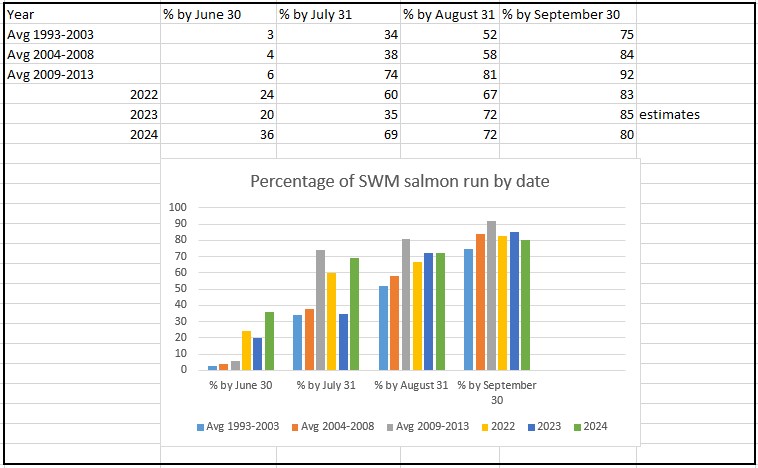
In the average year between 1993 and 2013 about 4.5% of the season’s run had entered the river by June 30. For 2022 through 2024 that average jumped to 27%, and in 2024 alone it rose to 36%! That’s a long way from 4.5%. I have no idea why that is other than possibly earlier warm conditions bringing the fish in, but it sure tells me that I want to be on the river fishing towards the end of June and into the first week of July. In a very high percentage of years that period gives you good water conditions, and June always provides the best conditioned fish of the year.
The idea that the front end of the season is becoming more important was highlighted recently in the blog of Scottish salmon pro Ian Gordon. Ian theorizes that late run fish are subjected to more mortality by their extended time in the ocean. It seems like a bit of a stretch since the extra two or three months isn’t a big increase over the two year minimum time frame that the early run fish spend at sea. None-the-less perhaps it is more of a factor than it would appear. Mark Hambrook had theorized that fall run salmon may not be finding Miramichi Bay a cakewalk with the incredible proliferation of hungry seals that are concentrated there in the shallow water. An uncomfortable environment in the Bay could cause the salmon that might have gone up in the fall to go up earlier instead.
So, what are our chances of turning around the Miramichi’s declining salmon runs? I was beating that around on the phone recently with Nathan Wilbur of the ASF. His feeling is very much like mine that the spawning habitat and in-river conditions of the Miramichi are excellent, and they are essentially unchanged from 2010/2011 when things were looking very good. If we give the salmon a solid chance they will come back, but it can’t happen while we have vast shoals of predatory striped bass ready to gobble up any increased quantity of smolts. Hopefully there are big changes under way in that arena, and there will be lots more about it coming up very soon in my blog.
Stocking programs from the MSA hatchery, using the very latest techniques, are also very important. The stocking and hatchery work will be done with the very latest techniques that have been proven in various locations around the salmon’s range on both sides of the Atlantic. Stocking will help give the parr and finally smolts the critical mass needed to make it downriver and all the way back to the Miramichi in numbers that will preserve the salmon’s niche in the system.
Ken Cogswell from Fredericton is my best insight into how things are going on the headwaters of the Cains. Ken is an accountant who treats himself to a relaxed schedule in the summer so that he can spend about 75 days fishing trout and tromping around the upper reaches of the Cains. He has been simply everywhere, and he goes by foot, often walking miles along the riverbank to access the most remote places. Recently I asked Ken how his trout fishing was and if he encountered many parr. The upper Cains is full of parr, he said. And I ran into some the last couple of years that are larger than I am used to seeing. The larger size, so I’ve been told, may be due to warmer waters during the summer. The parr won’t feed when it gets too warm, and they may end up requiring an extra year in the river before smolting. Later during that third summer they are quite a bit bigger than the standard two-year-old size that has historically made up the bulk of the smolts. Anyway, it is heart-warming to hear Ken talk about lots of smolts, and a darn good indication that once we get DFO to fix this striper situation and add a boost from the MSA hatchery, our salmon will be able to rebound quite nicely. After all, despite DFO’s mismanagement, the Miramichi system is widely regarded as having the finest salmon habitat in North America.
From time to time I exchange fishing thoughts with Alex Bobak, son of the famous NB artists Bruno and Molly Lamb Bobak. Alex moved out west a few years back, but still has a giant soft spot for the Miramichi and Cains Rivers. It seems like every year we exchange a few thoughts on the historic old Arbeau Pool up on the Cains. Those of you who have read On the Cains may remember that in it I make the case that the Arbeau Pool may have been the first pool sold on the Cains River simply for its value as a salmon pool. Arbeau was the first stop for kelts on Harry Allen’s Cains-long canoe float trips, and it was an upriver trip that Seabury Stanton used to make from his lodge at Sabbies River. Alex often fished it with the late MSA treasurer Carl Ash, and I’ve been there a few times myself. There is a magic about the Arbeau Pool, but fishing there is poor now. Like a lot of great Miramichi and Cains Pools it is just waiting for us to overcome DFO’s folly and to bring the river’s salmon back.
Thanks for reading. Brad Burns
PS More later, but save the date of Feb 22 for the MSA US dinner in Falmouth, Maine honoring artists John Swan and Luther Hall. We need you, and you’ll want to be there.


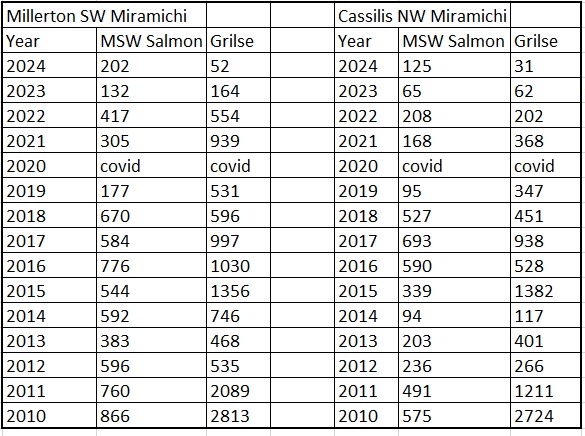
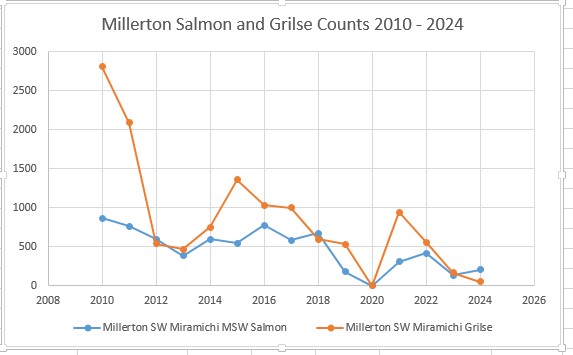
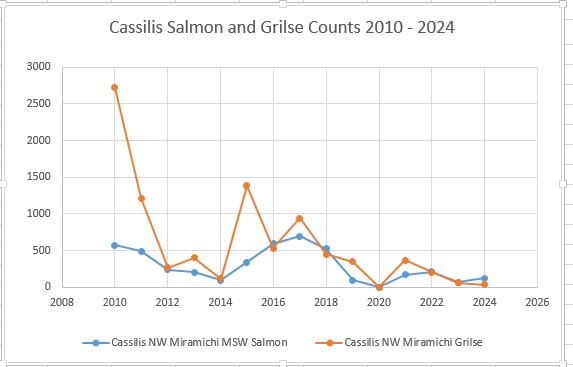
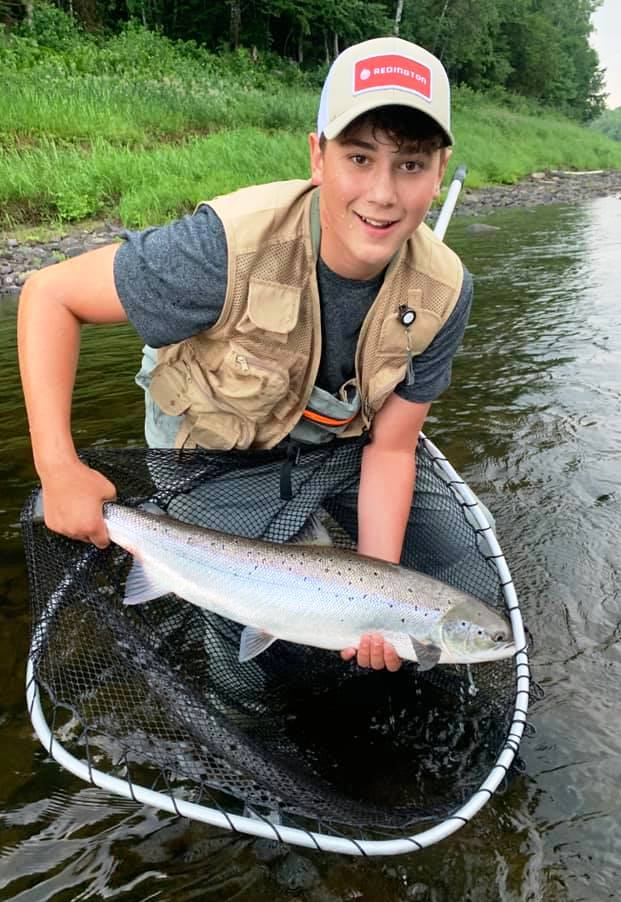
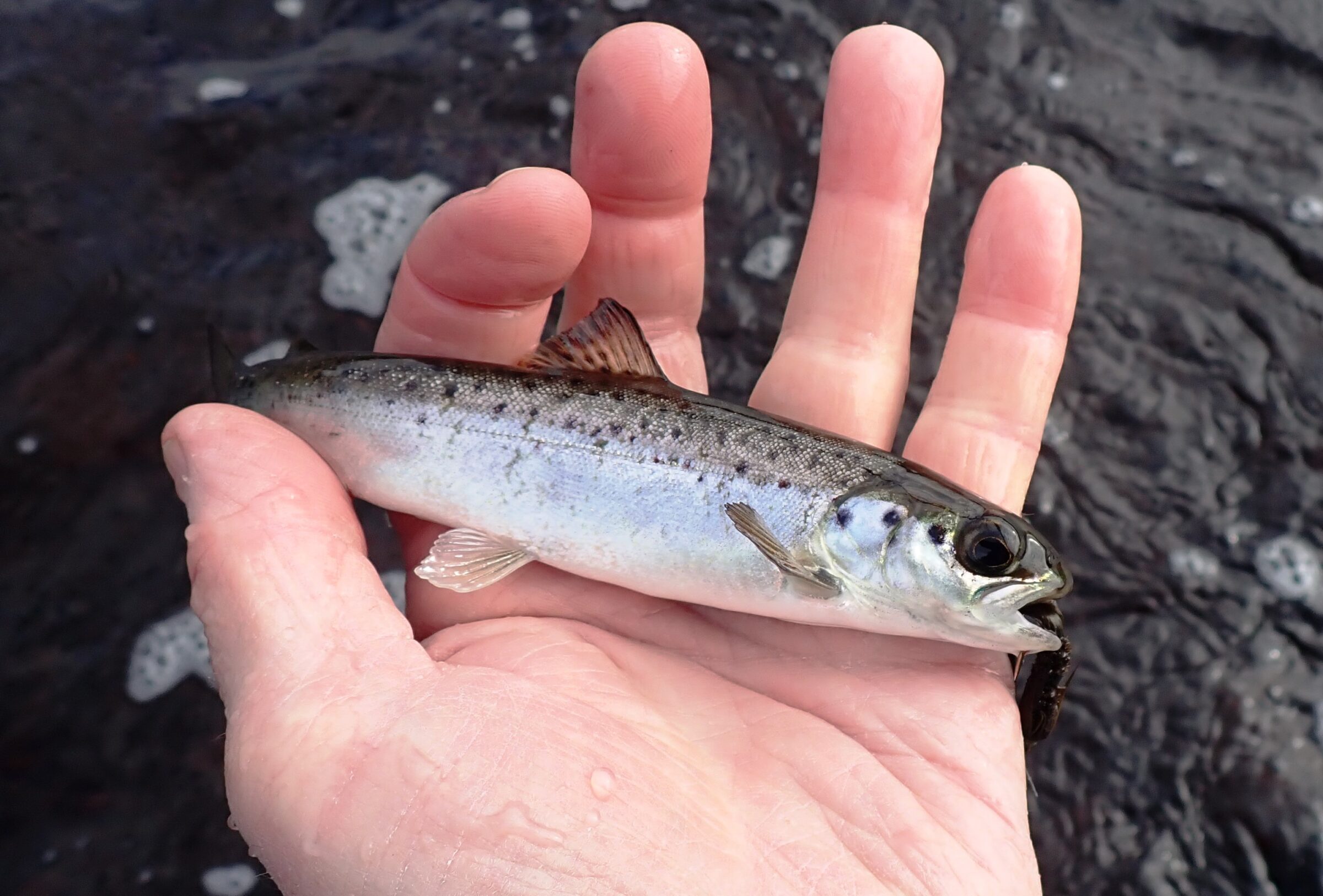
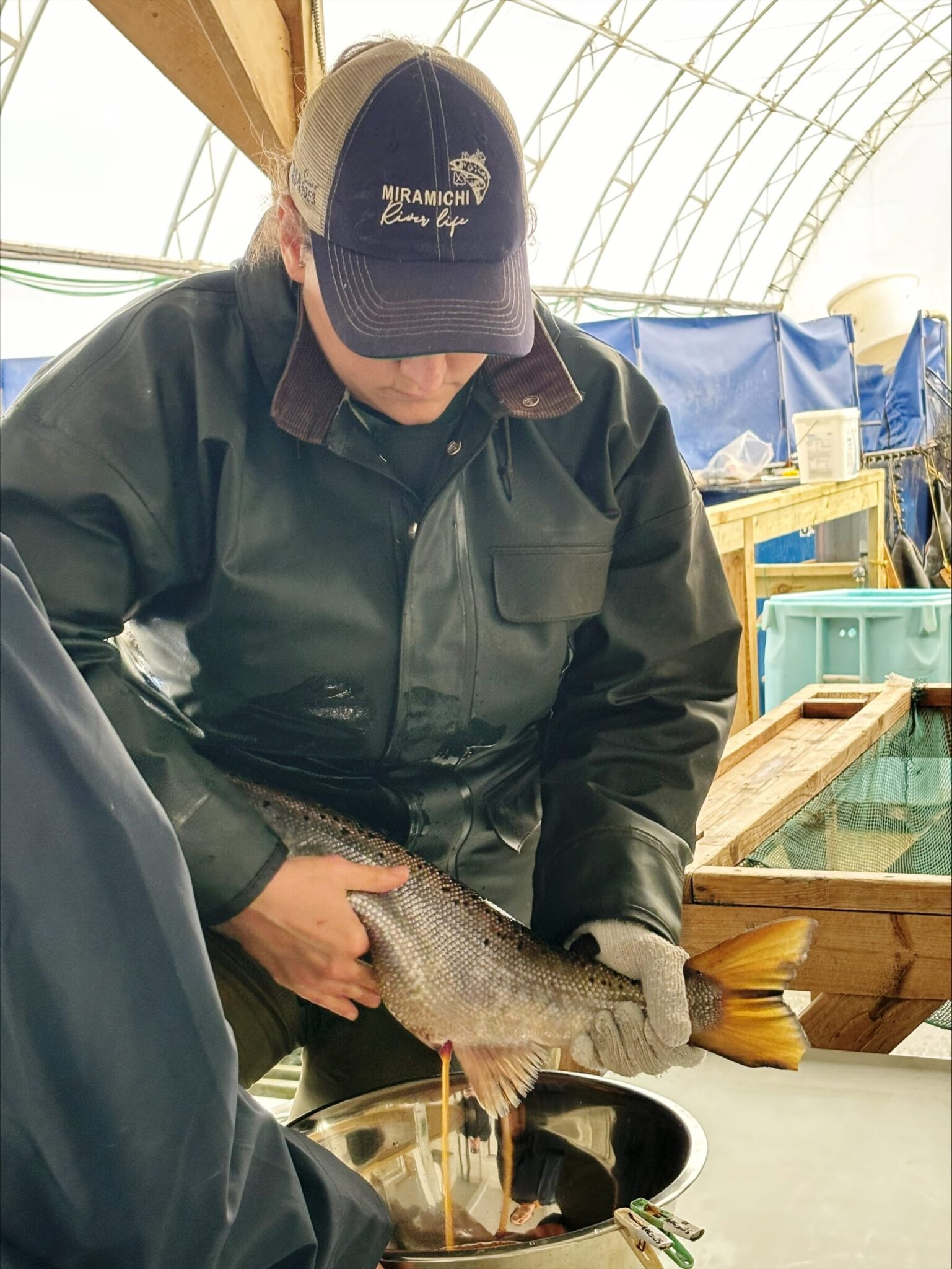

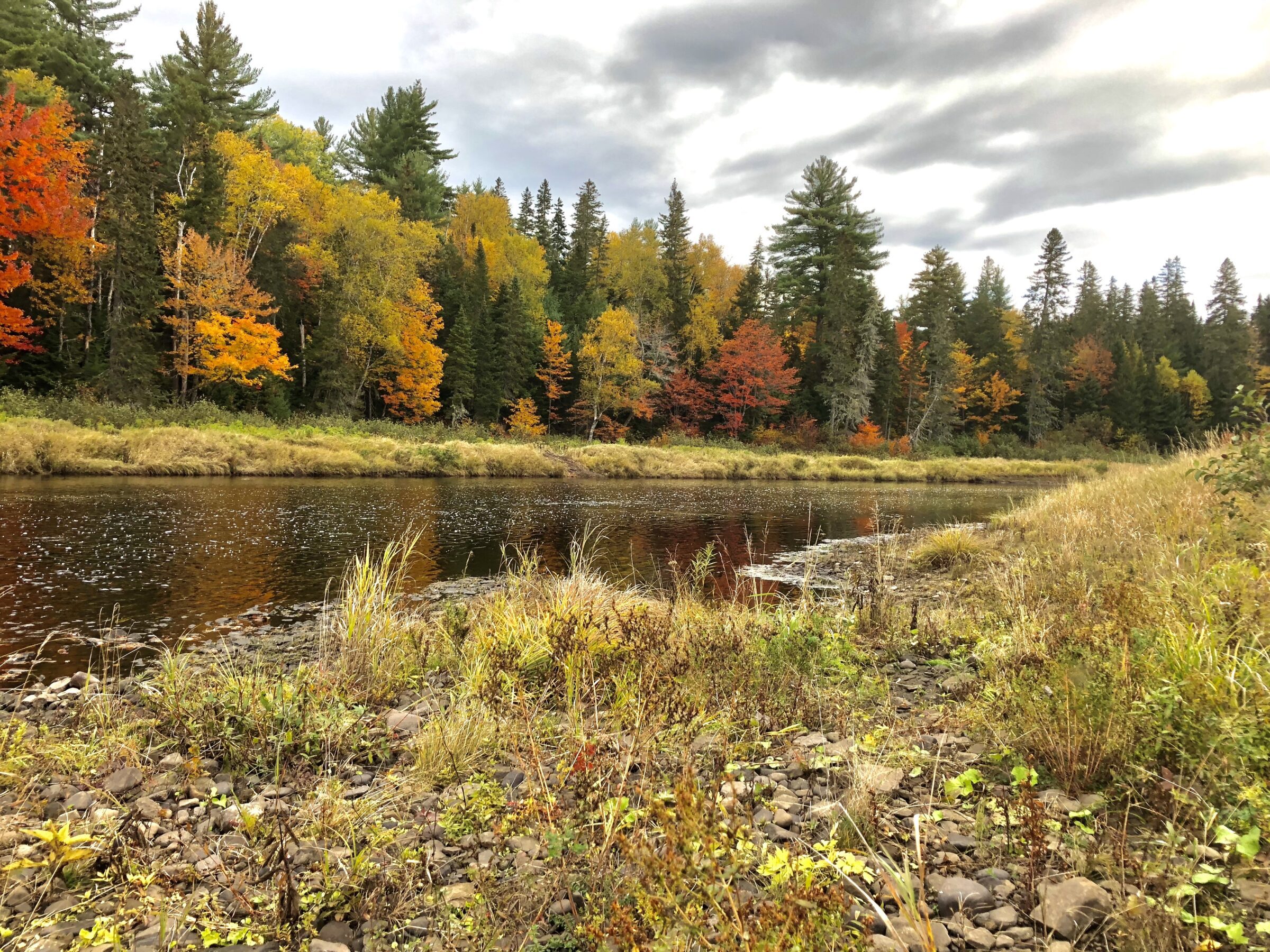
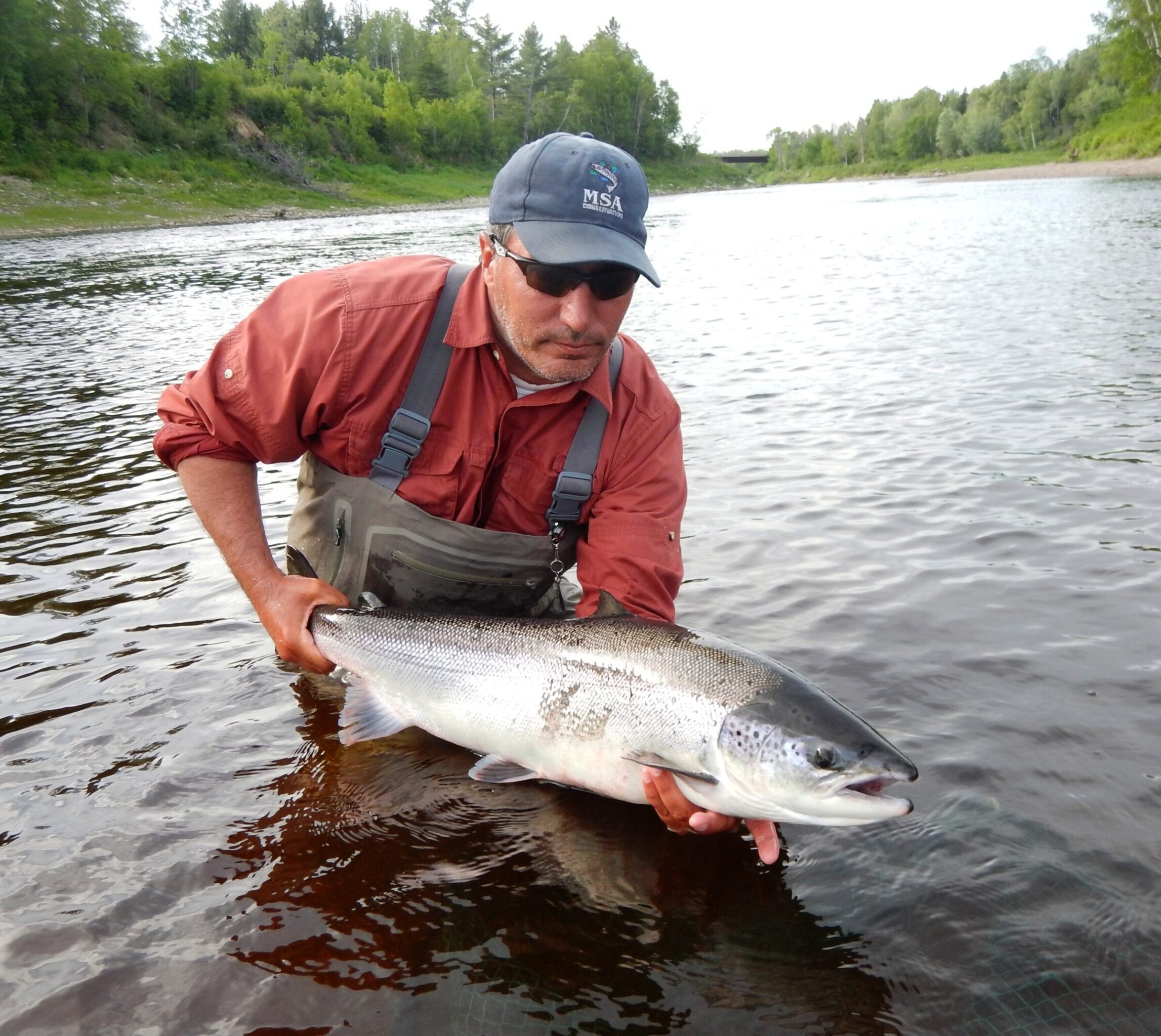
There is a lot of truth in your comment that it will take BOTH a reduction of predatory fish AND a ‘bump’ in the number of smolts via greatly increased stocking practices for the Miramichi to rebound back to former days.
The more people I speak to, the more questions I hear. WHY are there only 600, 000 fry currently stocked into the entire Miramichi System? There should be millions. Why isn’t there a very robust Scotty box program?. Millions of eggs should be placed in the river protected by these boxes. Why isn’t there an SAS Program on the Miramichi like so many other NB rivers? I’ve hear from those in the know as well who say our river system is in very good shape and can sustain many thousands of adult salmon. The various groups have done a good job creating/maintaining a good habitat. But a terrific ri er with no fish is not a success. Just some thoughts. Very much hoping more stocking occurs quickly!
Bob – the reason the MSA hatchery numbers are so feeble is also 100% the fault of DFO. DFO has refused to allow the SAS programs that are proving out so well in other locations. Remember CAST? That was 100% SAS contrived by the best scientific minds in the Province. There is great optimism that the tide has turned on that front. I’m confident that the future will hold both fry stocking – to the limited capacity of the hatchery – and SAS stocking which is what the MSA hatchery was modified for during CAST. A lot of the tanks and things have been mothballed to control cost, but that can be quickly turned around.
Scotty boxes and regular fry stocking are very labor-intensive operations. Putting out fry and Scotty boxes in enough volume to really help the situation requires a ton of effort and almost split-second timing. SAS fish just swim off upriver and do their own thing at the place of their own choosing.
The MSA will be really gearing up for this work over the course of 2025.
Encouraging words in a very discouraging time. But DFO Moncton has to get its butt kicked by the powers that be. And that has to happen FAST. Up the catch limit; eliminate to upper slot. Commercial fishing an option?
HI Tom. Yes, I am cautiously optimistic about the future. As you may have heard FN commercial fishing has been expanded to 175K fish. That is nowhere near enough, but everyone is focused on getting that number up. I’m also confident that existing trap net fisheries will be harvesting those fish on behalf of FN or perhaps in their own right. We will get there, not soon as we want, but we will get there.
Thanks, Brad. Yes, I’m aware of the fact that permits are required for all work related to stocking, and I know who’s responsible for granting the permits. My comment was just reiterating the fact that MANY are frustrated with the lack of stocking being done when so many in the know say …reduce the bass and STOCK the river. If your information is correct and all the organizations, most importantly DFO, now see the SAS method as a viable option for the Miramichi, then perhaps there is a glimmer of hope. Thanks again. Love your blog.
Really appreciate this detailed analysis of the trap net data, Brad. It’s fascinating to see the shift toward early-season runs, with that jump from 4.5% to 36% by June 30th. As someone who cares deeply about the Miramichi’s future, it’s encouraging to hear about the healthy parr population in the upper Cains and the potential for recovery once the striped bass situation is addressed. Looking forward to hearing more about those upcoming changes you mentioned.
As always, an excellent source of information